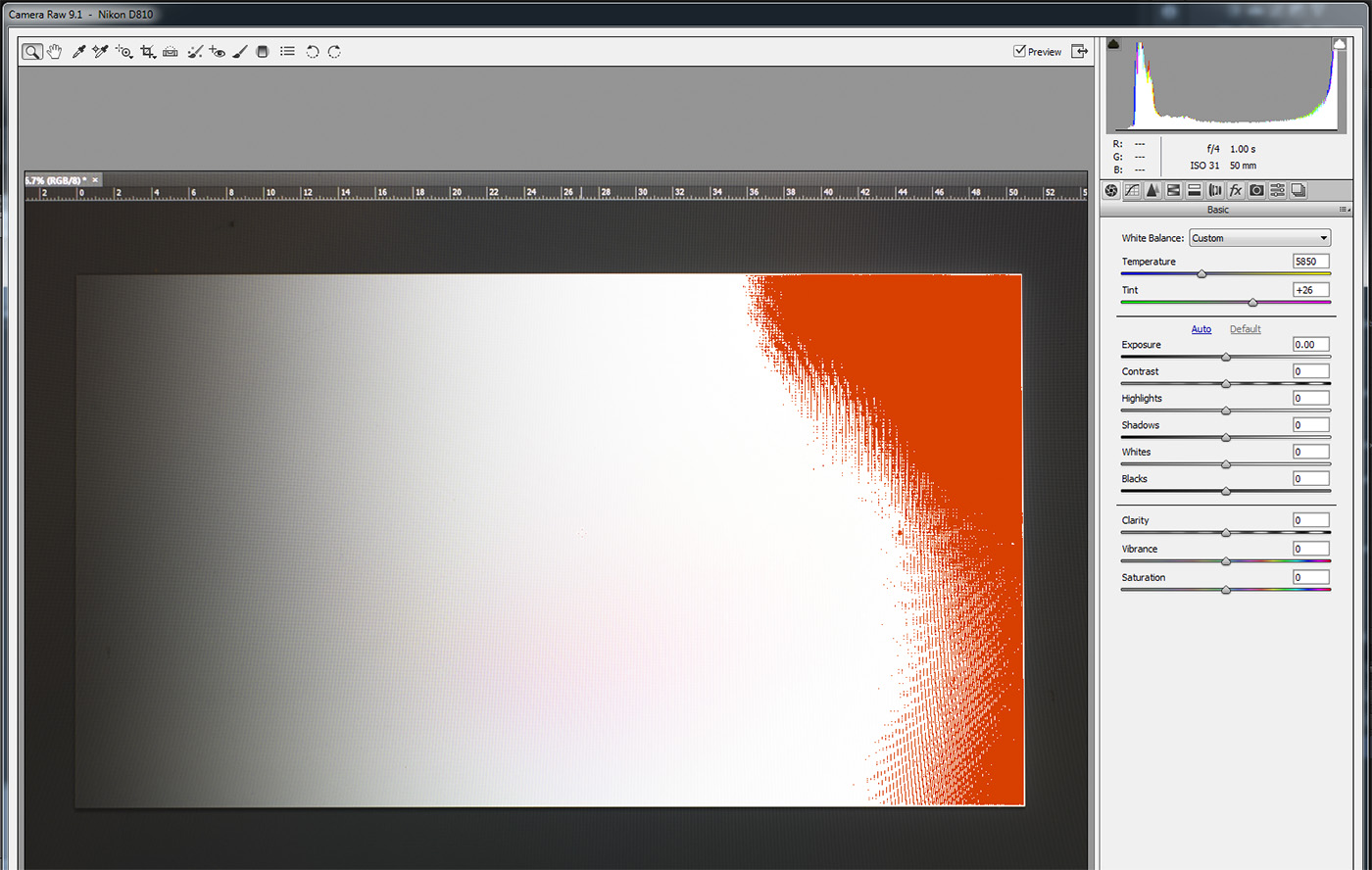Many modern digital cameras have a very wide range of ISO values, particularly at the high end where technological advancements have led to stratospheric ISO ratings that were once beyond a photographer’s wildest dreams. Black and white film users learned to live with the grain structure of TMZ or heavily pushed Tri-X to reach ISO 3200; colour negative users tried to get by with ISO 1600 results that were average at best, while colour slide film users would have been happy to see decent quality ISO 800 results. These days cameras routinely encompass ISO 12800 in their ISO range, with low light heavyweights like the Nikon D4S and Canon 1DX hitting ISO 25 600 and ISO 51 200 respectively.
Yet not quite as much attention has been paid at the low end, where lower base ISO values can be valuable to photographers:
- Allows the use of longer shutter speeds to blur motion, for example for blurring the motion of water in the middle of the day.
- Allows the use of wider apertures in bright light – there are times when 1/8000th of a second isn’t fast enough with an aperture like f1.4.
- Allows videographers to maintain slower shutter speeds to maintain the appearance of smooth motion in video, while still allowing wider apertures for subject isolation.
- All things being equal (note though that they very frequently aren’t!), a lower base ISO gives you more dynamic range.
For a long time most DSLRs had to live with a base ISO of 200. We have seen this generally drop down to ISO 100 now, and recently with the D810, Nikon gave their user base access to a base ISO of 64. Most DSLRs also generally have access to an extra “Lo-1” setting (theoretically, 1 EV below their base ISO) in addition to one or more “Hi” settings that extend the range at the other end.
Yet there is generally a reason why these settings are “extended”. Nikon has for example indicated that results may vary and these settings are not as carefully calibrated as the camera’s proper ISO range.
In fact, the “Lo” setting on most cameras is more or less worthless if you are a RAW shooter, because the camera does not capture any more meaningful highlight detail in the RAW file, than if you had used the same settings at the base ISO. This means that effectively “Lo-1” is of no value in any of the situations described above where photographers might be searching for a lower ISO.
Take for instance a photographer trying to slow his shutter speed down to get smooth flow in a waterfall. At base ISO he can drop his settings until the highlights in the water start clipping. In theory, going to “Lo-1” should allow the photographer to lengthen the shutter speed by another stop to get more blur in the water. Unfortunately it doesn’t work this way, and if a photographer did that, would end up with 1 stop more of clipped highlights. So in reality, “Lo-1” doesn’t allow you to drop your shutter speed (or open up your aperture) by any more than being at base ISO, and you effectively end up with 1 stop less dynamic range than base ISO.
To illustrate the point, here are two images taken with the same settings (1 second at f4 on a D810) at ISO 64 and Lo-1 respectively. I have photographed a black to white gradient on my laptop screen, exposed so that the lighter end of the gradient starts to clip. I have then brought them in to Adobe Camera Raw and applied my default processing to both images. I have then added -1 Exposure to the ISO 64 image, and set clipped highlights on both images to show as red.
Notice how the clipped sections are essentially identical, as are the resultant histograms? If “Lo-1” was a true ISO setting, then you would expect to see far less clipping in the highlights.
“Lo-1” does benefit JPG shooters, because the camera essentially applies the -1 EV adjustment to the image for you. You still lose the highlights, but the midtones and shadows will at least be in the right place.
For RAW shooters, the truth is that unfortunately “Lo-1” offers no real benefit, and actually costs you 1 stop of dynamic range if you’re not aware of the nature of “Lo-1” and blow your highlights out.





